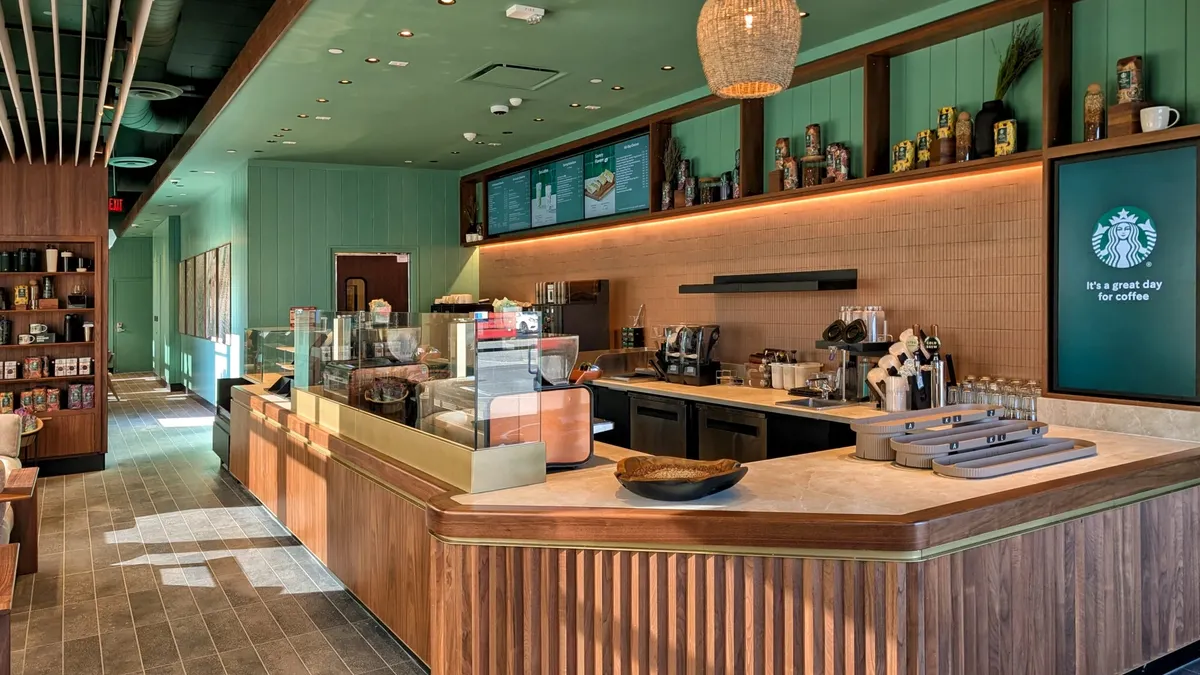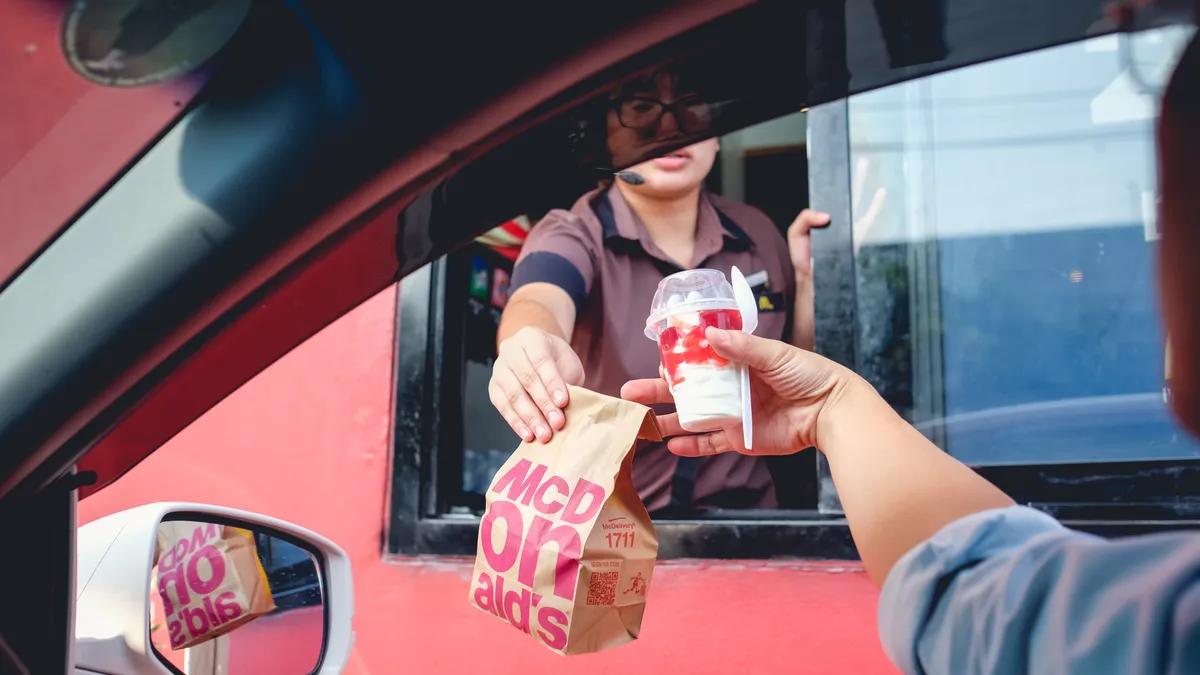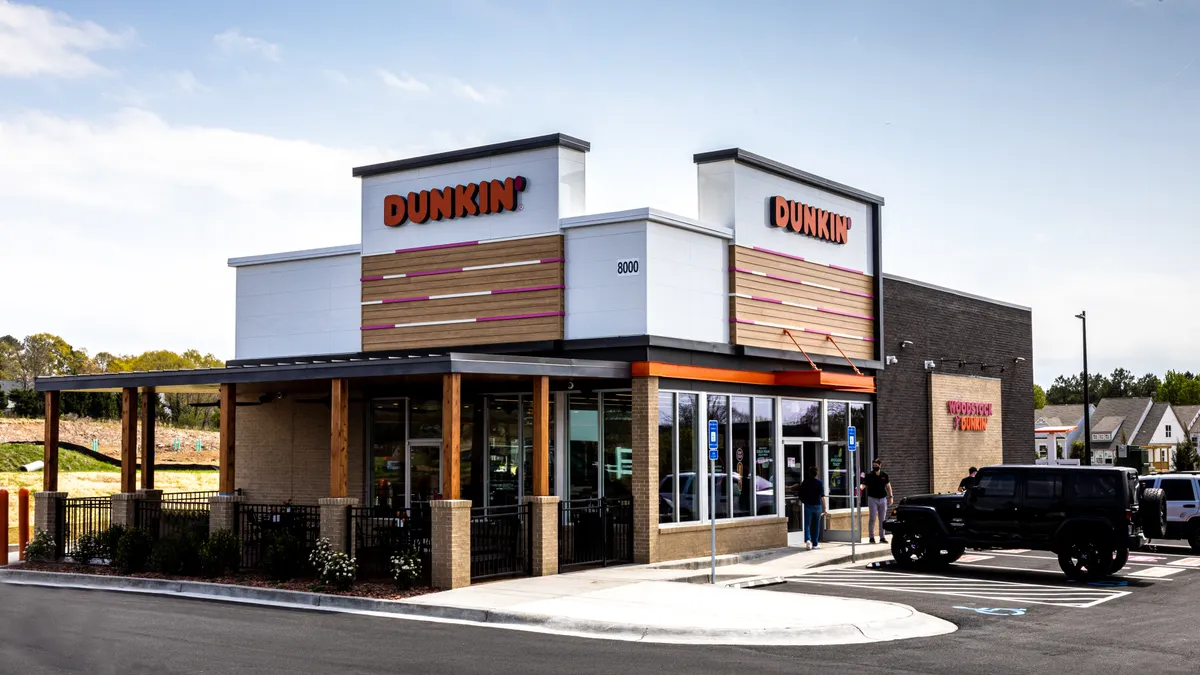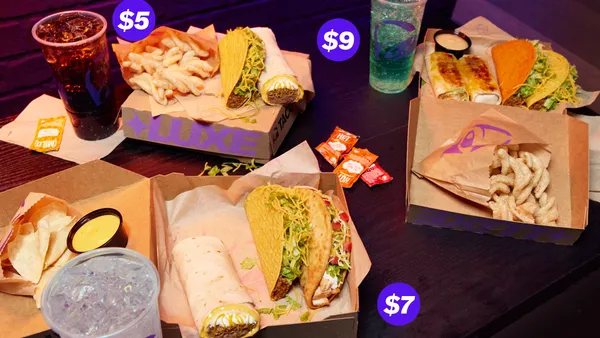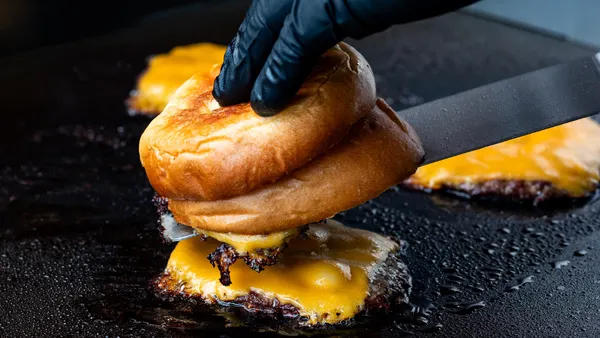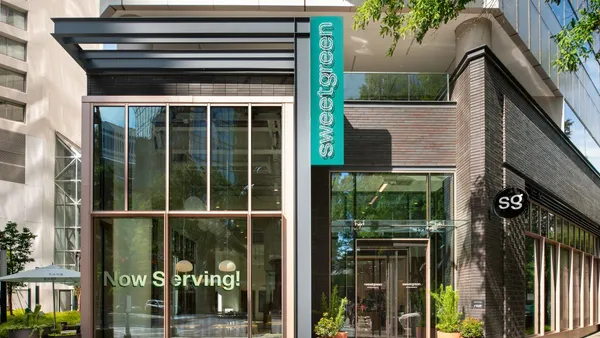Dive Brief:
- Starbucks’ North American same-store sales were flat in the fourth quarter of the chain’s fiscal 2025, according to the brand’s earnings release, ending a run of declines in the key metric. Globally, the chain saw a 1% increase in same-store sales, driven by traffic.
- Despite the flat comps in North America, traffic fell 1% year-over-year, but this was offset by pricing. CEO Brian Niccol said on the chain’s earnings call that transactions at company-operated U.S. stores turned positive in September and have remained positive into October.
- Efforts to recenter the brand on coffee and coffeehouses as well as a shift away from discounting through its loyalty program, finally seem to be paying off.
Dive Insight:
The decrease in traffic in the quarter was offset by changes in ticket, according to the earnings release. CFO Cathy Smith said higher tickets reflected the brand’s effort to return to a premium identity.
“Our comparable store sales were flat year over year, with ticket up 1%, reflecting fewer discount driven offers in the current year,” Smith said. “While U.S. company operated transaction comps were down 1%, we marked our fourth-consecutive quarter of improvement. We are rebuilding our transaction base.”
Starbucks made major changes in the recent quarter, closing hundreds of locations and announcing 900 corporate job cuts just days before the end of the fiscal year. In August, Niccol said, the chain fully rolled out its new Green Apron Service model and deployed its new order sequencing algorithm, driving strong performance in speed of service.
“More than 80% of our U.S. company operated coffee houses have cafe service times averaging four minutes or less, even with greater transaction volumes following our fall launch,” Niccol said. “Average drive through service times are still below our four-minute target.”
The brand is also making investments in equipment, and will have nearly completed the deployment of its Clover Vertica brewers by the end of Q1 fiscal 2026, which could improve its brewed coffee. Niccol also said the renovations intended to make its coffeehouses more inviting are under way, with 70 complete and about 1,000 planned for fiscal 2026.
“We did important work to rebuild our core and strengthen our foundation, and we're entering fiscal 2026 on stronger footing,” Niccol said.
Data from Placer.ai, found visits to coffee chains overall increased about 1.4% year over year, in keeping with growing consumer demand for drinks and snacking occasions as cold coffees and snack innovation take coffee’s appeal beyond breakfast.
But things may be getting worse for the sector: Visits to all coffee shops turned negative on a year-over-year basis in September, declining 0.8% overall and 4.5% on a same-store basis, per Placer.ai’s data. This indicates a potential worsening of consumer conditions in the last few months, despite Starbucks’ performance.
The end of same-store sales declines does not necessarily mean that Starbucks has finished its turnaround. The brand is facing pressure from unionized baristas, who began voting on a national strike authorization last week, according to a statement from Starbucks Workers United.
The union is trying to increase its leverage over the company after its shock closures wiped out 59 union stores in September — about 10% of the total represented by SBWU. SBWU was able to secure some concessions in effects bargaining related to the closures, but overall bargaining remains at a standstill.
Niccol acknowledged some of the disruption caused by the changes, which have included everything from requiring baristas to write messages on cups to layoffs and closures impacting thousands of workers.
“Over the past year, we underwent significant change and fast, we asked a lot of our partners across the company, and they're delivering with excellence to build a stronger Starbucks,” Niccol said.



